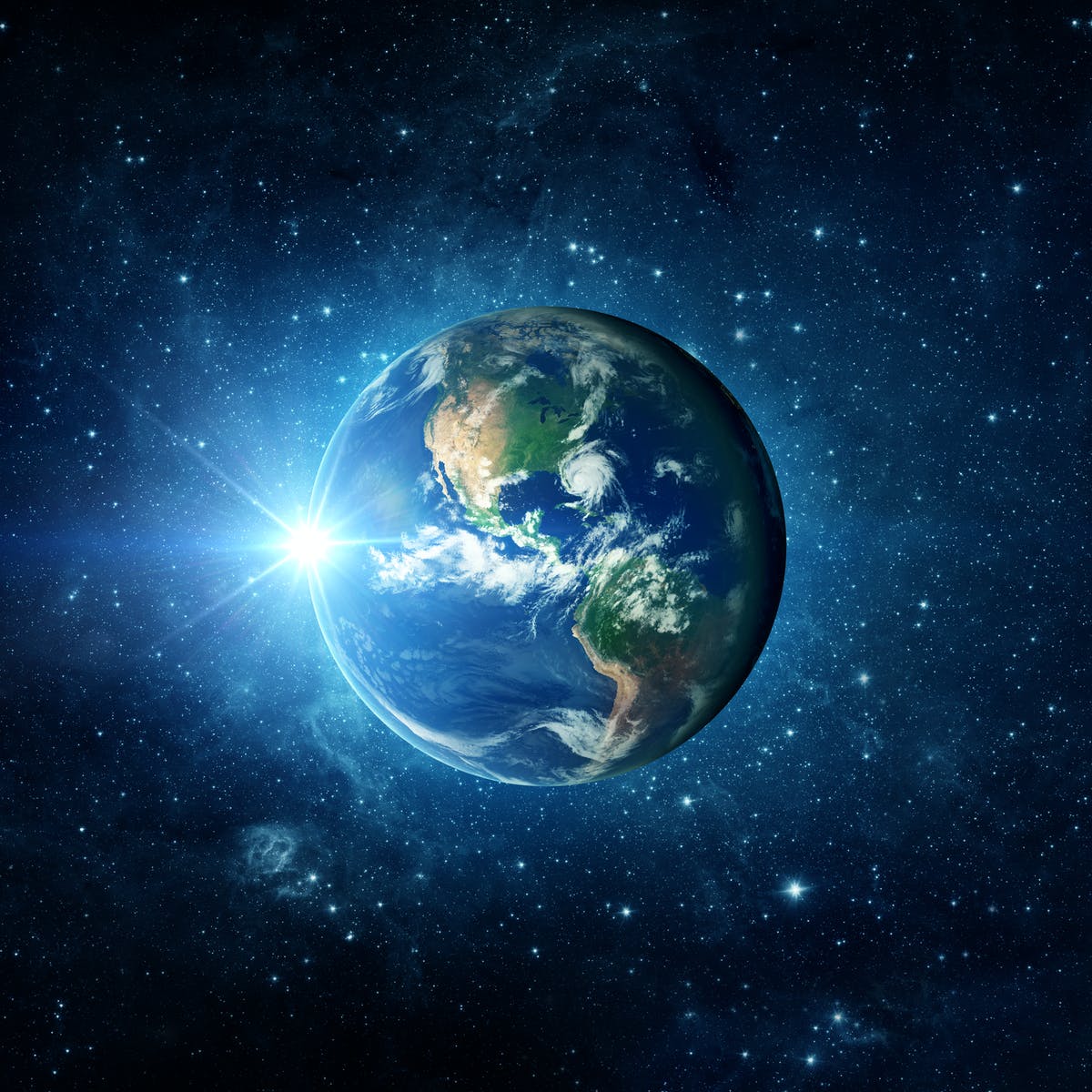JULY 25, 2021 – Yesterday I walked along a wide logging road on our back acreage and noticed how well the many red and white pine seedlings had done this year, despite the paucity of rain. Most of the three- and four-year old seedlings have doubled their height. Because of this growth, the pine are more visible among competing vegetation, and thus, they seem more numerous than they were last year at this time.
I decided to take a casual inventory of the red pine. Down in the tree garden and farther along our lakeshore, white pine are far more prolix than the reds. The success of white pine correlates to their far bigger production of pine cones. When reds gain a toehold on our property, I like to track their progress.
In short order I counted 120 reds within an area about 60-feet square. I probably missed 10% to 20% of the actual total. In the fall, when the surrounding foliage has lost its greenery, I’ll take another count. Then I’ll also inventory the whites, which outnumber the reds by as much as three to one. Also left to investigate, however, are the sources—the parent trees—of the reds. (No mature reds are in the immediate vicinity but stands of large Norway pine (the other name for “red pine) are located some distance away.
The pine are amidst an unruly crowd of plants common to this area—thistles, wild daisies, wild raspberries, several variety of ferns, oak and maple seedlings and poplar shoots, and all kinds of other vegetation I can’t identify. Walk 100 feet into the woods, however, and you’ll encounter in the shade of mature trees, another community of vegetation. Keep walking—or driving or flying—in any direction, and you’ll find more mind-boggling diversity of plants and trees. Examine any portion of it under microscope and additional universes of organisms come into view.
Close to four billion years of bio-evolution have brought us to this rare complex of biodiversity. But how rare? Within our frame of reference, so rare as to be unique, yet its rarity within cosmic infinity hardly matters. Practically speaking, earth is it; the only place for us . . . now and into the foreseeable future. The billionaires might be high on going higher than the rest of us, but all their money times a billion won’t turn moon or Mars into its own self-sustaining biosphere.
I think of all this when I read about the out-of-control forest fires in the West and Canada—and Siberia. The Bootleg fire alone is burning four square miles of forest a day. That’s over 80% of the surface area of our lake—generally oval-shaped, over two miles cross and four miles long. I can’t fathom that must forest going up in flames every day.
What I can fathom is that if what I can’t fathom continues, earth could well go the way of Mars before a comet, volcanic action, or the sun burning up does the job for us.
(Remember to subscribe to this blog and receive notifications of new posts by email.)
© 2021 by Eric Nilsson
